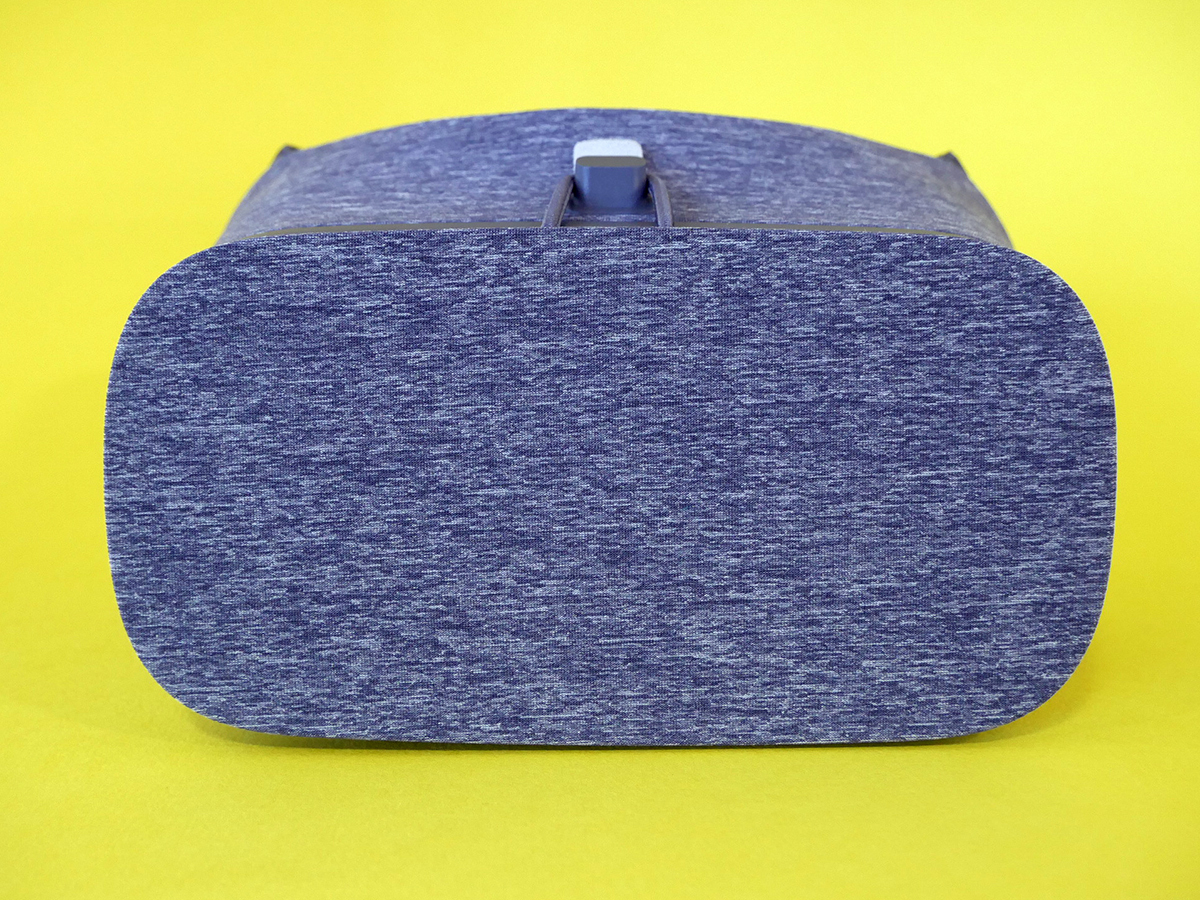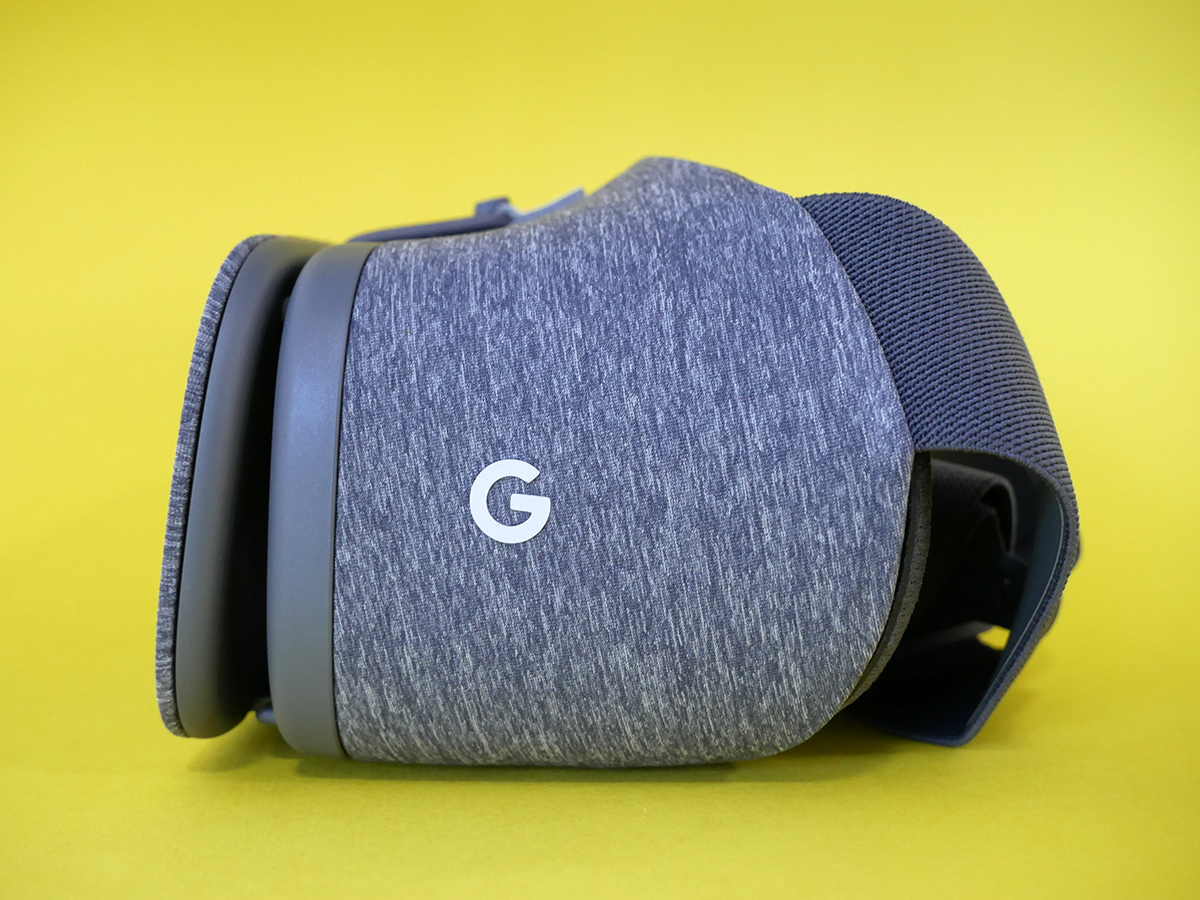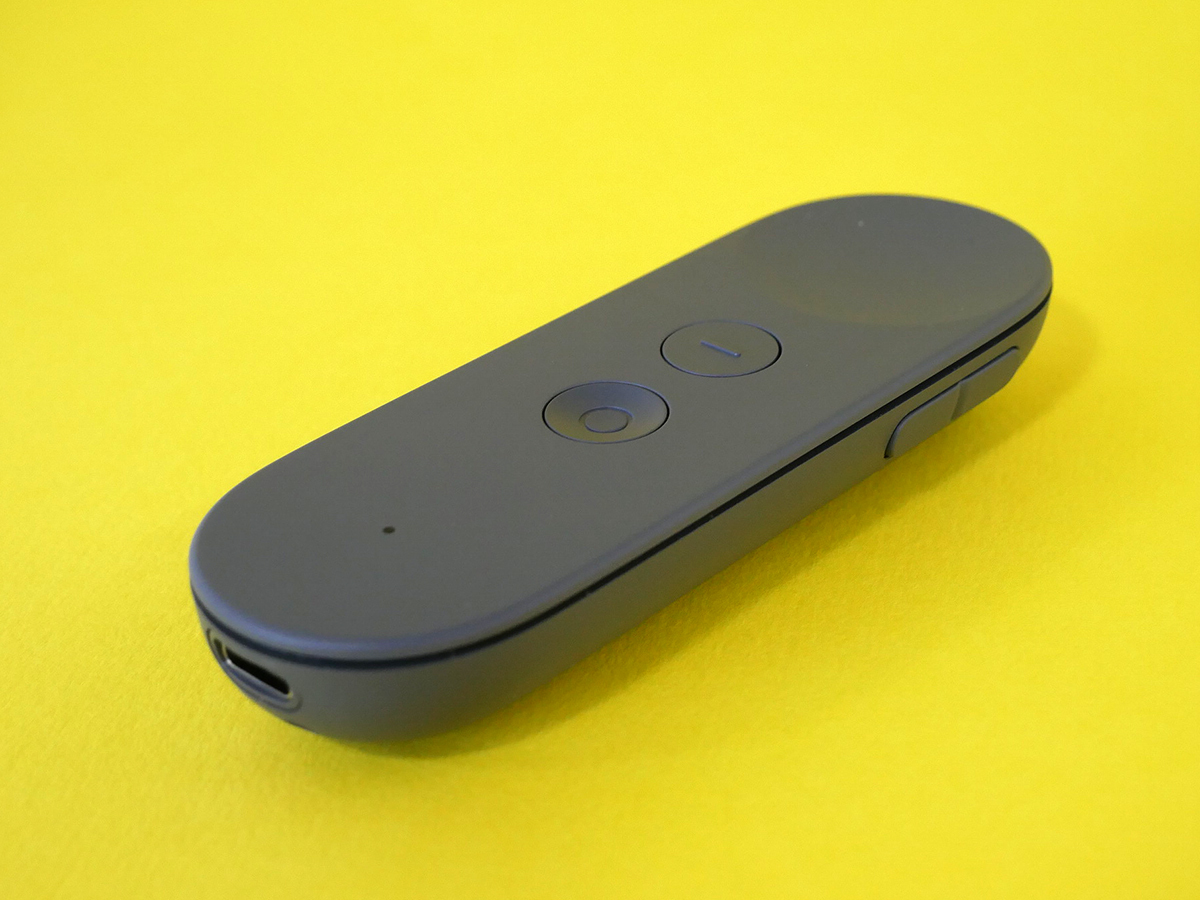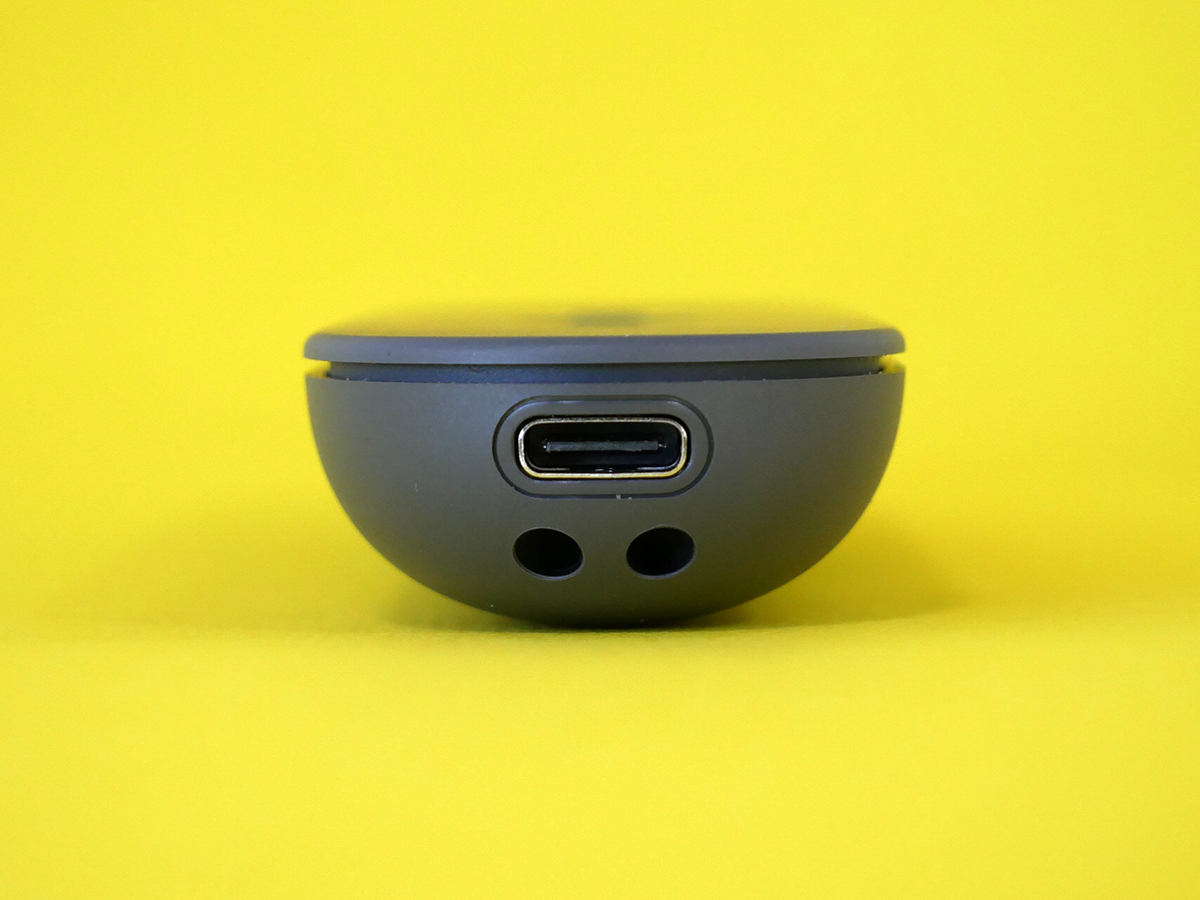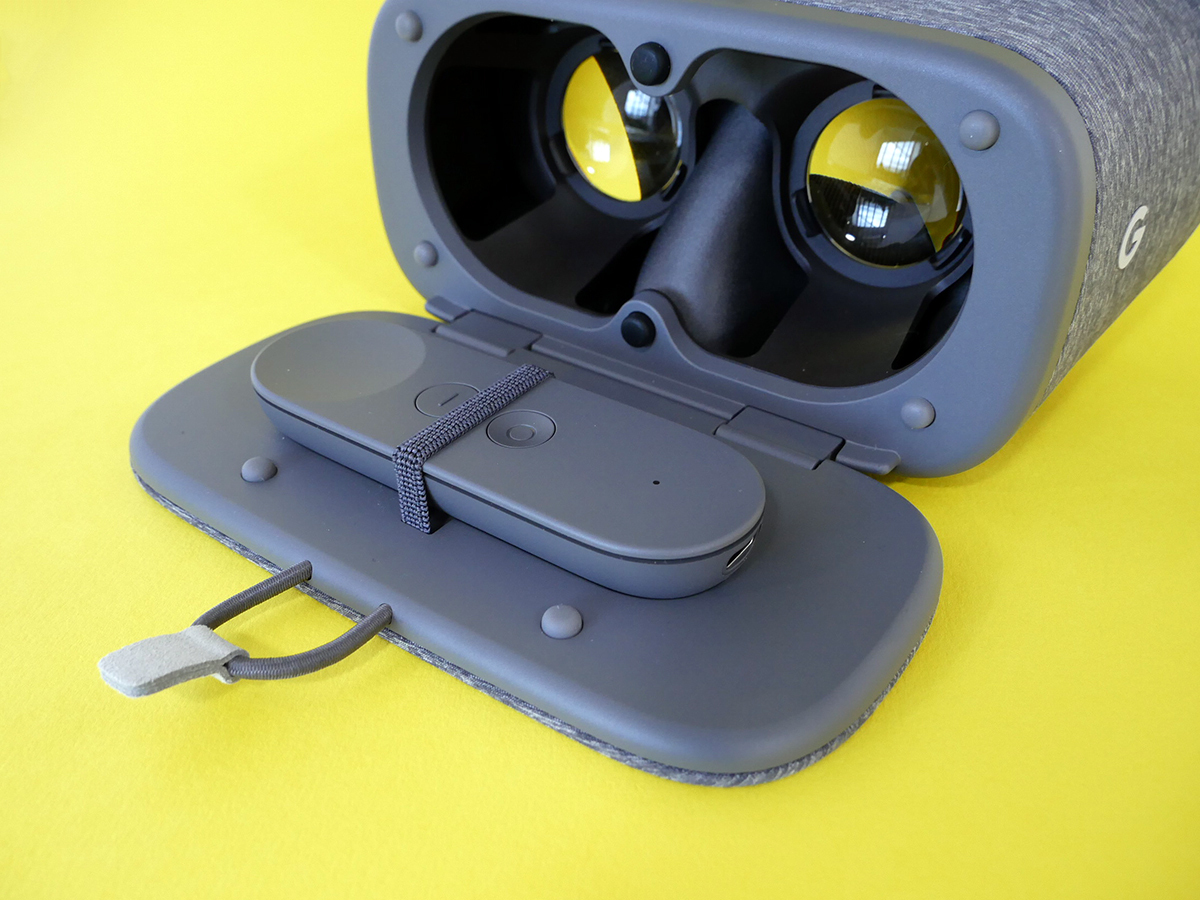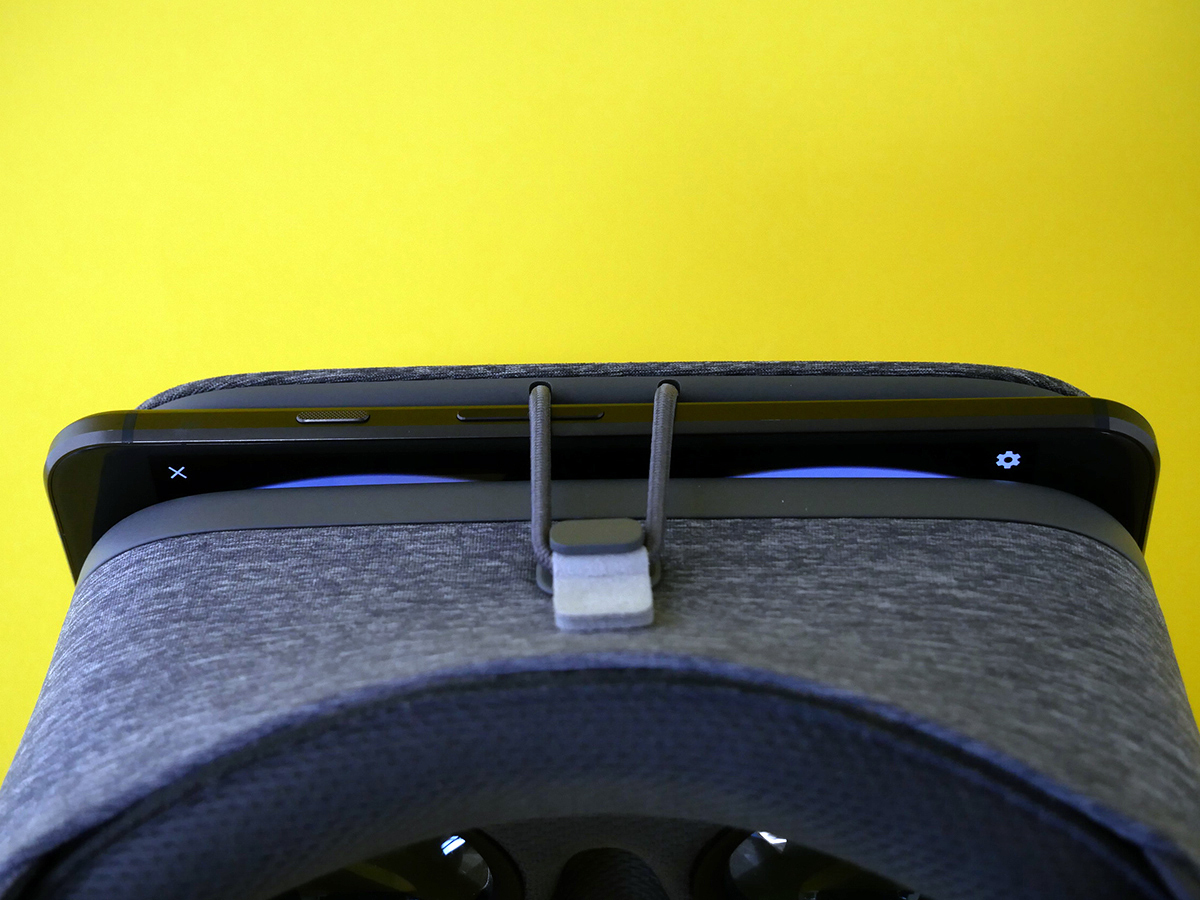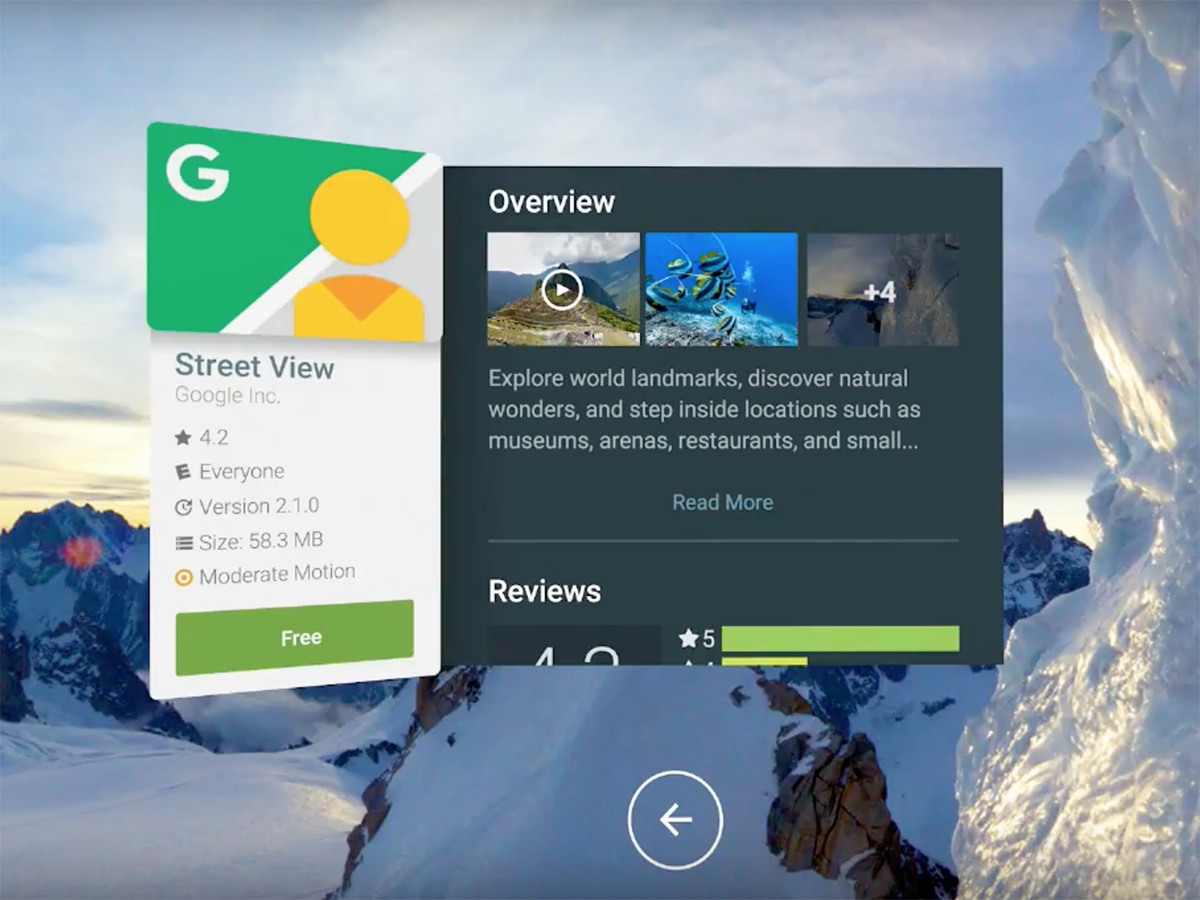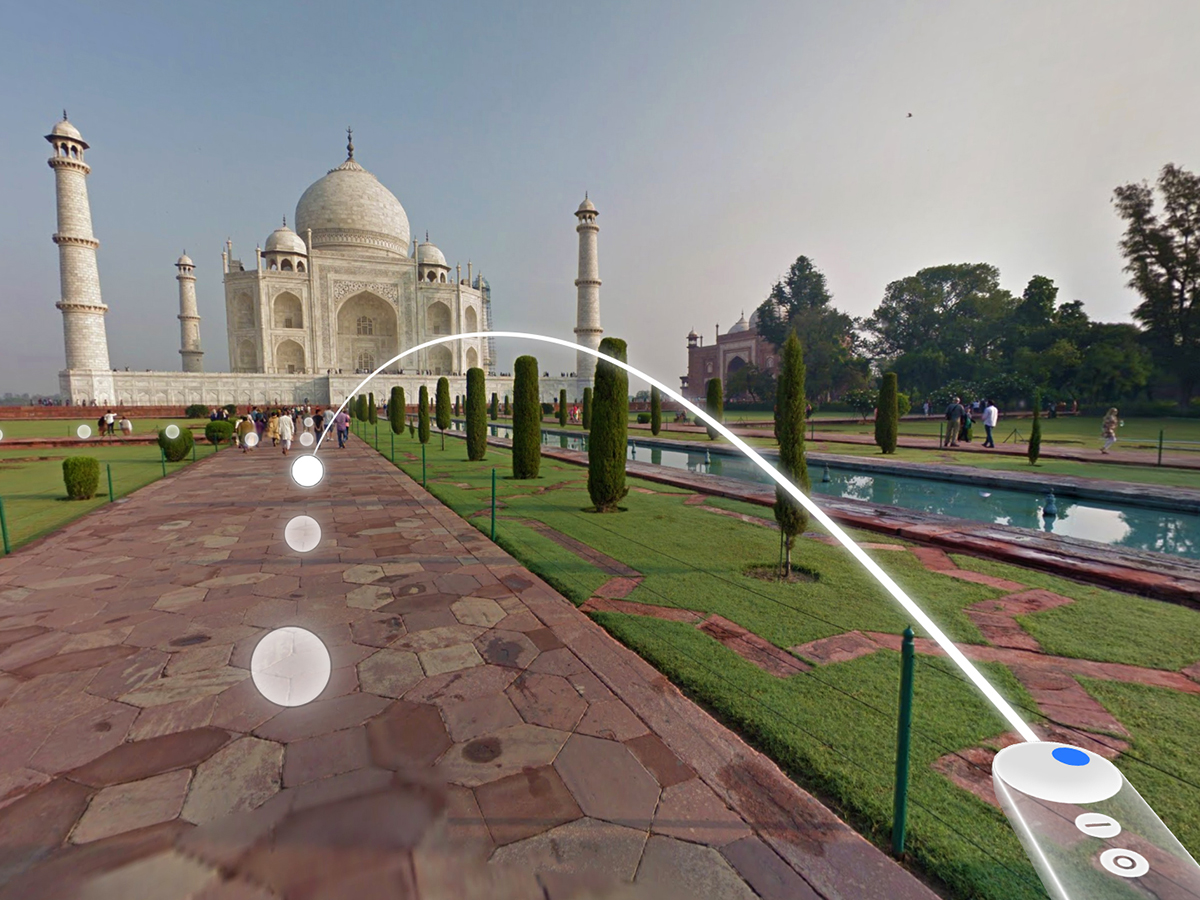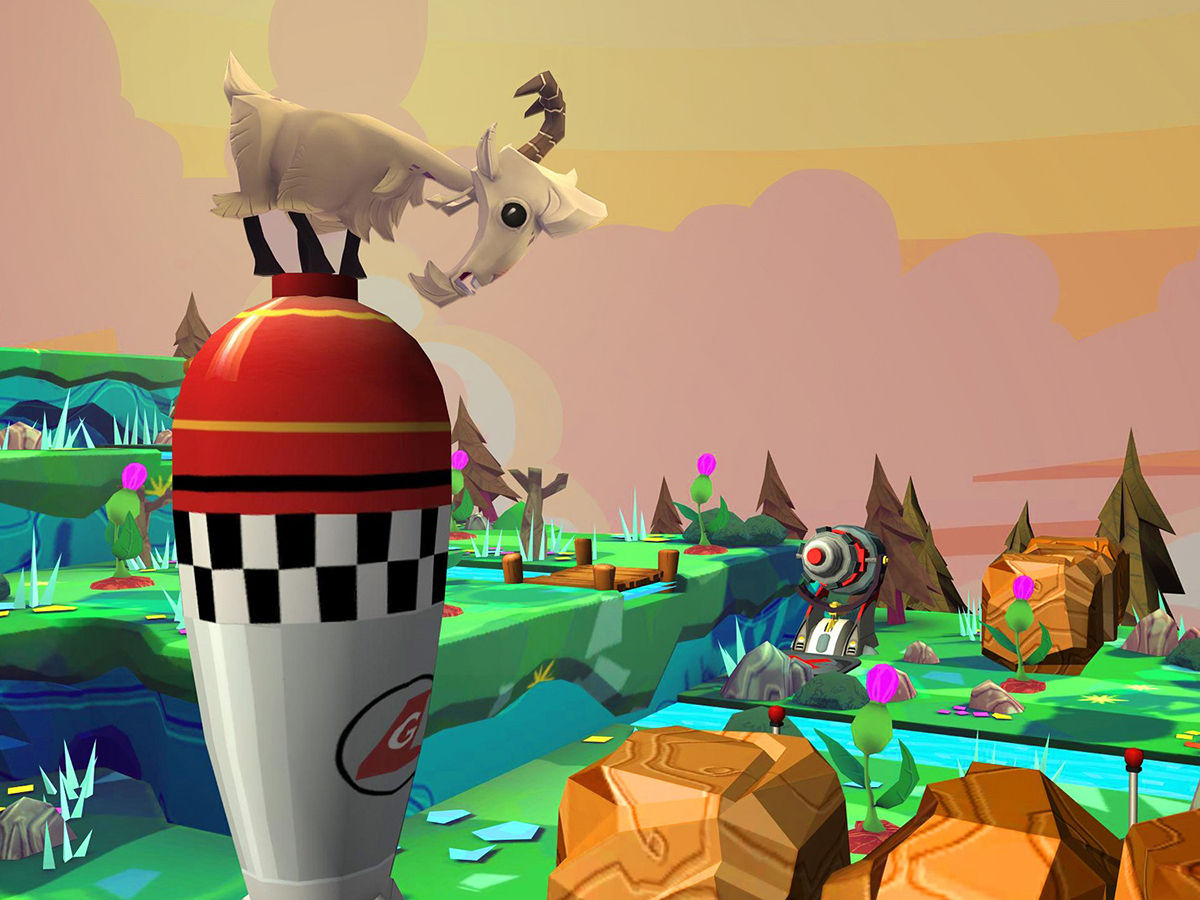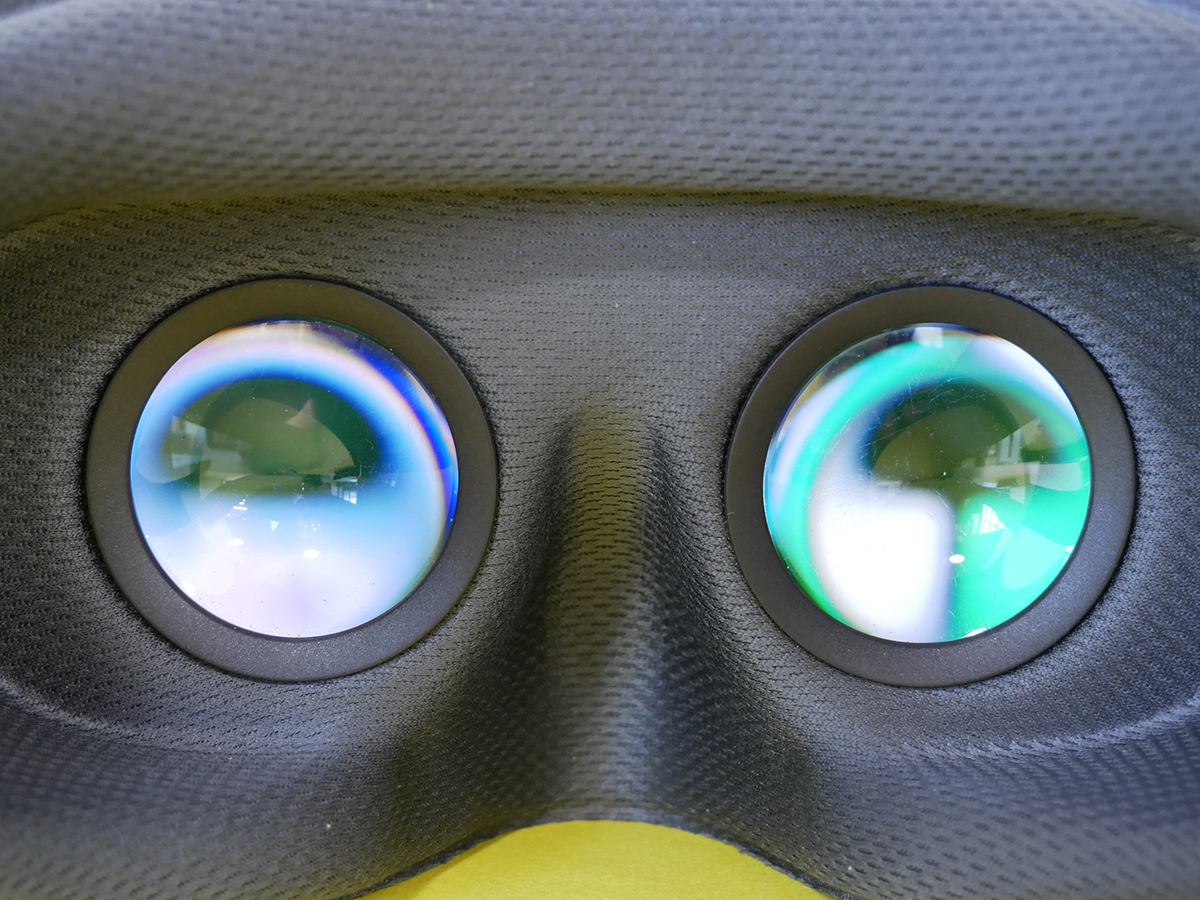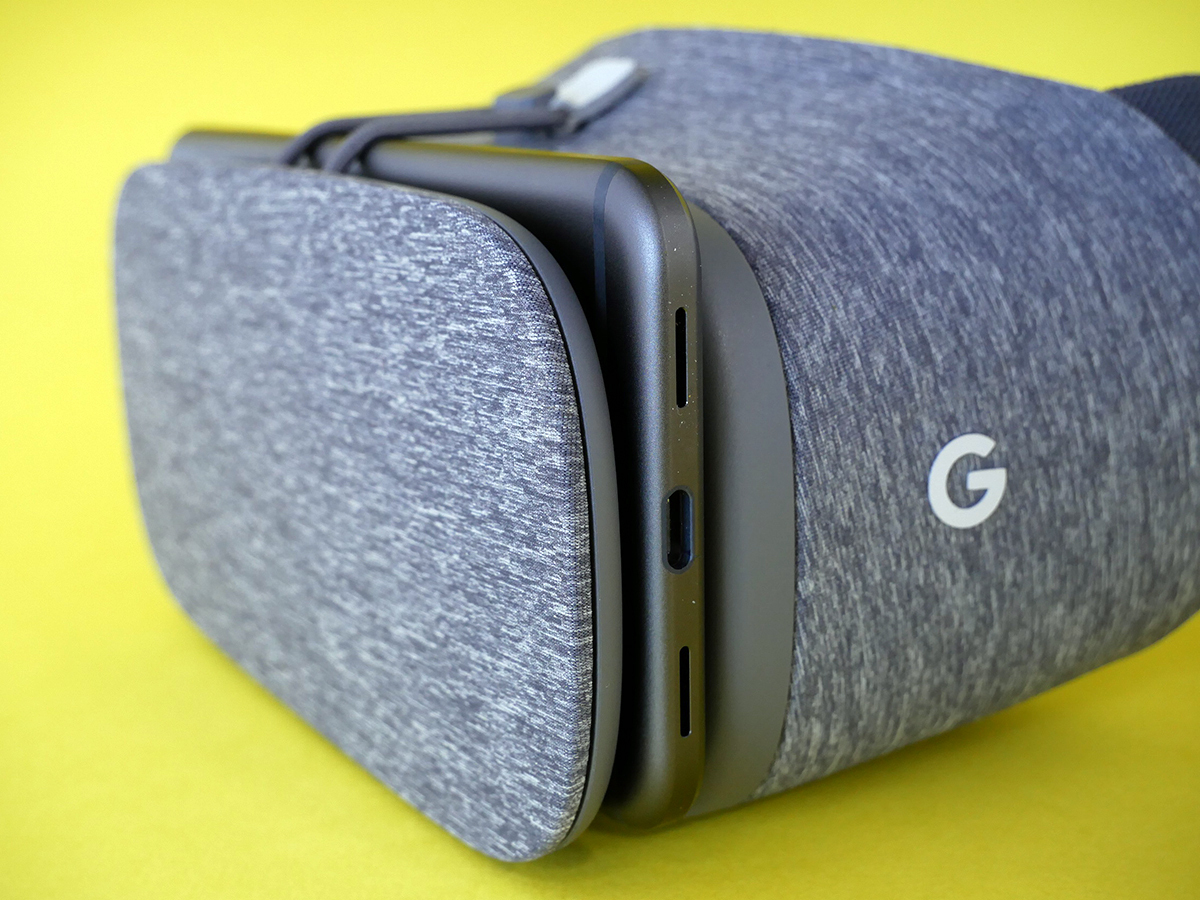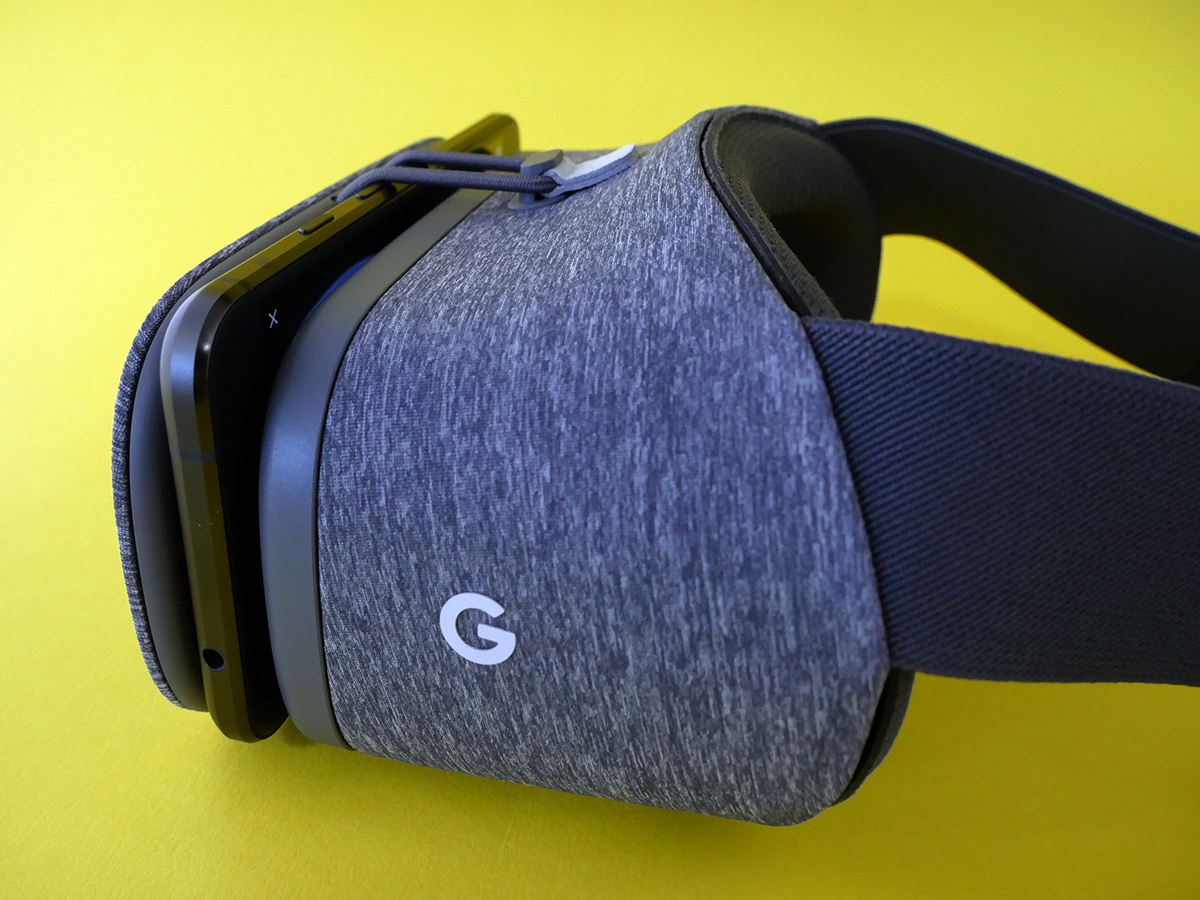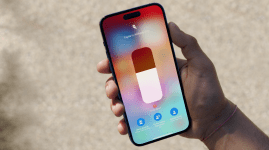Google Daydream View review
A sexier, streamlined alternative to Cardboard with plenty of potential

Most people’s first taste of VR? It wasn’t with Oculus Rift or HTC Vive.
Those whizz-bang headsets might make one hell of an impression, but only if you’ve got the cash to splash on a monstrous gaming PC to go with them.
Nope, it was the pocket-change Google Cardboard, a DIY viewer that turned your phone into a basic, but tantalising window to the VR future.
That was in 2014, but now Google is looking to take things even further down the rabbit hole. Revealed alongside the Pixel and Pixel XL smartphones, Daydream View is the funky headset Google hopes will further spread virtual reality to the masses.
It’s hundreds of pounds cheaper than an Oculus Rift, HTC Vive or PlayStation VR setup, and even undercuts Samsung’s Gear VR. But it needs to get more than the price right to impress us.
I’ve been putting one through its paces to decide if Daydream is the new king of low-cost VR.
Google Daydream View headset: Soft, fluffy, and functional
OK, so it’s not exactly fluffy, but compared to Gear VR’s harsh plastics and Cardboard’s… well, cardboard, Daydream view is like having your face hugged by a cloud.
The headset is covered in soft fabric, with plush, comfortable innards. It’s up there as one of the most comfortable VR headsets I’ve tried – it’s lighter than either Rift or Vive, and more comfortable than PSVR.
You won’t need to take off glasses to wear one, either – there’s enough room to keep your specs in place and not feel the pinch.
It’s rather handsome, too, beating the Gear VR in the looks department with a fabric finish and choice of three colours. I tested the Slate version, but Snow and Crimson models will be available soon after launch.
I can see that fabric finish picking up all kinds of dust and dirt over time, though – especially if you plan on chucking it into a bag for taking on the move. It’s certainly small enough to do that.
The simple elasticated head strap is easy enough to adjust, and because the headset doesn’t weigh very much, it doesn’t need to be too tight around your bonce, either. It takes seconds to get a comfy fit.
Can you use it for hours without feeling like an Aliens-style facehugger has assaulted your mug? Not quite. It’s light enough, even with a Pixel XL slotted into place at the front, but that soft material stops air from getting to your face. That can leave you a bit hot and bothered after a long session. You’ll be calling it quits after an hour or so – at least until you’ve developed a taste for VR.
GOOGLE DAYDREAM VIEW CONTROLLER: FINGER ON THE BUTTON
Daydream’s secret weapon is its bundled remote control. This is what elevates it over Cardboard and Gear VR, and makes each virtual reality experience that bit more immersive.
Think of it like a mini Wii Remote: it’s packed with motion sensors so you can use it like a motion controller, and has a clickable touchpad for directional control and interaction. Two menu buttons and volume controls complete the set.
You’ll want to attach the wrist strap included in the box, so you don’t accidentally embed it in any furniture or family member’s faces while you’re in VR, but otherwise it’s sturdy enough to survive a drop onto the floor.
It charges over USB C (handy if you’re using a Pixel or Pixel XL, seeing as you’ll already have the right cable for charging your phone) but in the time I’ve spent with it so far, I’ve not manage to completely drain the battery. It’ll easily outlast your phone.
Best of all, it slips into the headset when you’re done, so there’s no chance of losing it between VR adventures.
GOOGLE DAYDREAM VIEW SETUP: IT JUST WORKS
Cardboard was great because you didn’t have to plug your phone into a fiddly port (we’re looking at you, Gear VR).
Google’s taken the same approach here: setup is as simple as slipping your phone into the headset, then closing it up. The elasticated clasp keeps things locked in place, so you don’t have to worry about sending your expensive smartphone flying to the floor.
Once you’ve downloaded it from the Play Store, NFC tech inside the headset instantly activates the Daydream app on your phone. It saves you having to dig around the app drawer to get started.
The remote automatically pairs to your phone when you first enter the app. Get disoriented, or the remote doesn’t point where you expect? Hold down the home button and it’ll automatically recenter everything, so you’re always facing the right direction.
The only thing to keep in mind is that Daydream-ready phones are still in short supply. Google says they need high resolution displays, smooth graphics and uprated motion sensors for precise head tracking, but right now, there are only a handful of phones that tick those boxes: Google’s own Pixel and Pixel XL, and the ZTE Axon 7.
Other manufacturers will support Daydream once they launch Android 7 phones, but that should be next year at the earliest.
GOOGLE DAYDREAM VIEW APPS: WINDOW TO THE WORLD
The Daydream app begins as a cutesy tutorial, explaining how the remote works and how to interact with different VR experiences. I could play fetch with that polygonal arctic fox all day.
Beyond that, it’s basically just a virtual reality menu screen, flashing huge icons for each VR-friendly app you’ve got installed on your phone or that’s available from the Play Store.
It lets you buy and download new apps without leaving VR, which is great, but there’s not a massive variety available at launch. Star Chart VR (a US$5 VR astronomy guide) and the Wall Street Journal (free news reporting and 360° video) are a few of the third-party highlights.
On the other hand, Google’s own apps are ram-packed with content.
You’ve got YouTube for watching 360° videos, Google Photos for bringing your own 360° panoramas to life, Google Arts and Culture (a digital art gallery filled with historical masterpieces from around the world) and Street View. I’m not sure whether I’ll actually get to visit Machu Picchu, but Google’s VR version is a pretty good alternative. Cheaper, too.
There’s a whole host of other apps on the horizon too, but they won’t be out before the end of the year. That means no virtual Netflix cinema just yet, but it is at least on the way.
GOOGLE DAYDREAM VIEW GAMES: READY PLAYER ONE
Pointing and clicking to virtually walk around the Taj Mahal is pretty cool, but the remote controller really comes into its own for gaming.
You only need to hit a few holes in Wonderglade’s mini-golf game to get Wii Sports flashbacks, with the remote becoming your club. The ball physics are a bit unforgiving, but landing that long-distance putt is still super satisfying.
Then you move onto the next minigame and your remote becomes a fire hose, putting out blazing buildings in exchange for theme park tokens. Yes, really.
Hunters Gate is a more traditional top-down shooter, where you move your vampire hunter around the screen with the touchpad and aim with the remote. It’s a little fiddly at first, but hints at how flexible the control scheme can be with only a few buttons.
Adorable puzzler Mekorama gets you to think in multiple dimensions as you help a tiny robot make his way home through levels made from Minecraft-style blocks. It’s a fun distraction, but doesn’t do a whole lot different from the other mind-benders we’ve seen on Gear VR and Oculus.
A further 23 titles should hit before the end of the year, including big names like Need for Speed: No Limits and EVE Gunjack 2.
Unlike the Gear VR, which is locked down to Samsung phones, Daydream will eventually make its way to other Android handsets. That’s a big incentive for developers to make games for it – so hopefully the Play Store will be filled with VR games soon.
READ MORE › The best games for PlayStation VR
GOOGLE DAYDREAM VIEW VR EXPERIENCE: VR-OOM
With a Pixel XL slotted in place, everything seemed just a tad sharper than anything I’ve seen on the Gear VR. The QHD resolution really helps here, but I wish the headset was a bit better at blocking light.
There are just too many gaps around the bridge of your nose and cheeks, so you’re never completely isolated while you’re in VR.
There’s no way for Daydream to calculate depth, so you can’t lean in and out of a scene like you can with Rift or Vive, but it reacts almost instantly whenever you move your head left, right, up or down.
I couldn’t spot any noticeable lag or screen tearing, and you’ve got to look closely to see the pixel grid too – it’s easy to look past it and get sucked into the VR experience. Visuals aren’t console-quality just yet, but Hunters Gate still managed to impress with crisp and clean graphics.
READ MORE › Oculus Rift vs Sony PlayStation VR
GOOGLE DAYDREAM VIEW VERDICT
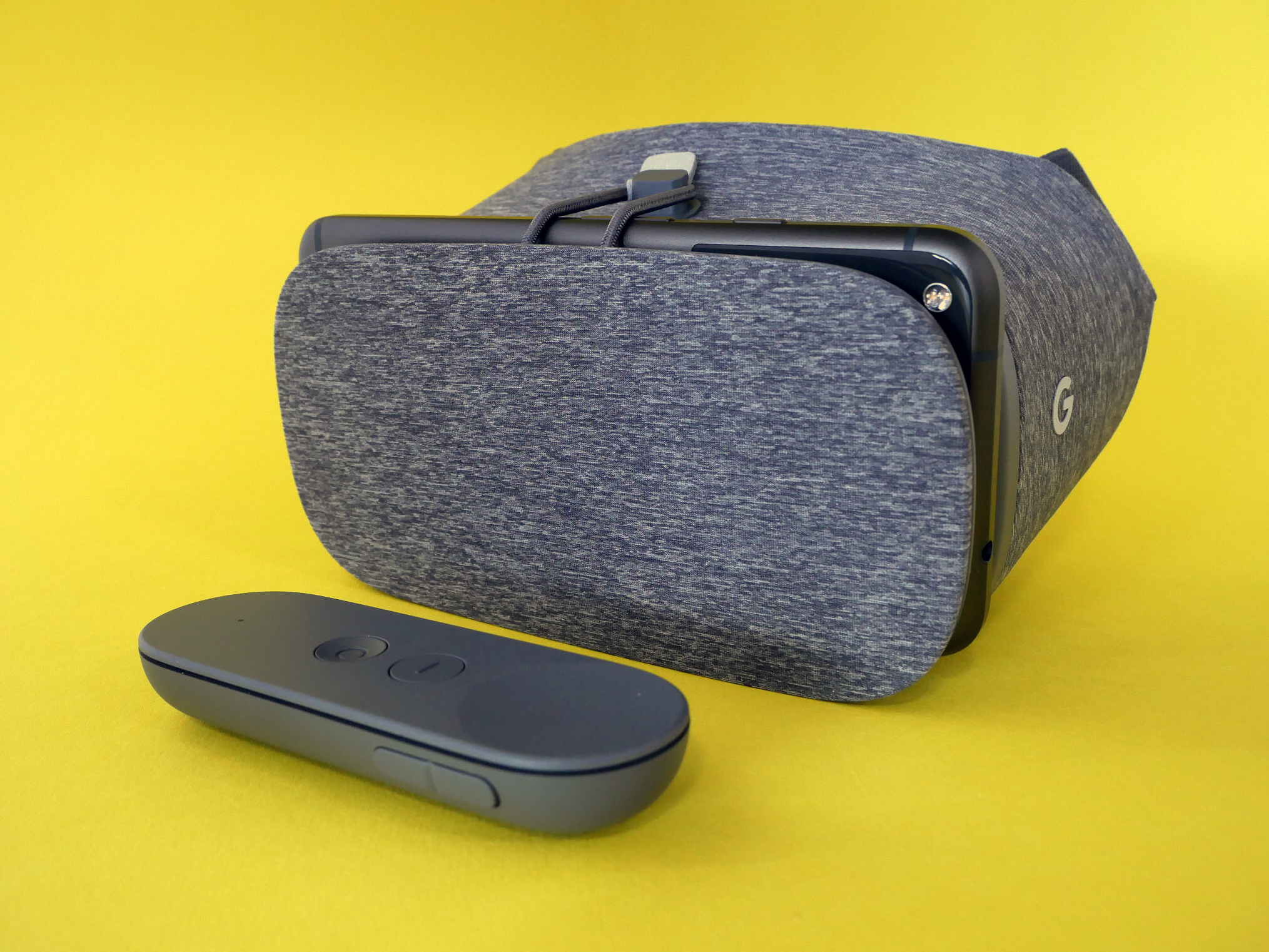
Daydream View isn’t supposed to give PSVR, Oculus Rift or the HTC Vive a run for their money.
It’s an inexpensive headset that works with your phone to deliver VR experiences. Compromised ones, sure, but then it’s running off something that slips in your pocket, not a £1000+ gaming PC.
With that in mind, Google has mostly managed to get everything right. The headset looks great, is extremely comfortable to wear, and serves up simple, easy-to-follow VR with its clever pairing system and bundled remote.
Oculus and Vive won’t need to worry, but Samsung should be feeling nervous right about now. Gear VR is decent enough, but it’s tied to Samsung hardware – Daydream will be open to everyone, is more flexible thanks to that remote control, and costs less too.
The headset has a few minor foibles, but if the Daydream content store can match that of Samsung’s Oculus app store, Google has a clear winner on its hands.
Stuff Says…
Even with limited app and phone support at launch, Google’s second stab at VR has serious potential
Good Stuff
Clever controller opens up more VR possibilities
Should eventually support loads of phones
The price is right
Bad Stuff
Limited app and phone support at launch
Headset lets in quite a bit of light
